Braid Mission
Blog
Finding Our Way

Last weekend I was reminded how helpful a good old-fashioned map can be.
My husband’s family was visiting from Chicago, and our 6-year-old nephew picked up a free map of San Francisco from a tourist kiosk. He carried it around for two days in the city, folding and unfolding it, asking questions about where we were.
We used the map to point out to him where the ferry landed and other major landmarks he had seen. We showed him where we had already walked and where we were planning to go next. But we were still using our phones to navigate around San Francisco.
Until one point on our second day in the city, when we randomly lost cell service. As we stood around looking at our phones and scratching our heads, Caleb piped up: “Maybe we should use my map!”
And so we sat down on the steps of Grace Cathedral for a little navigation session.
We used the map to find where we were, where we wanted to get to, and what steps to take in between.
Instead of Google Maps telling us exactly what to do step-by-step, we had a 6-year-old navigator leading the way with his trusty paper map. At each street corner, we stopped to help him re-orient and figure out our next landmark. We made a couple of wrong turns, but ultimately we made it to the Cable Car Museum just fine, without any GPS recalculating for us.
At Braid, we have never told our teams what their destination should be: we have simply asked that they accompany their youth on their journeys, knowing that every youth and every team has its own course.
Many of our teams have worked hard to find a balance between setting a positive vision for their youth’s future without imposing expectations on them that they may not be able to achieve.
In a lot of ways, our mentors are showing youth how to read their own maps.
They start with the big picture of a young person’s potential and how many possibilities there are for their journey.
They model how to take a moment to find out where they are, and how to cast a vision for where they want to go.
Along the way, they stand beside their youth at each junction to help evaluate which direction to turn, and which path will get them closer to their dreams.
They are open to detours along the way, and the learning that comes with them.
Most importantly, they are giving youth some power and ownership in lives that have so often been directed by others.



